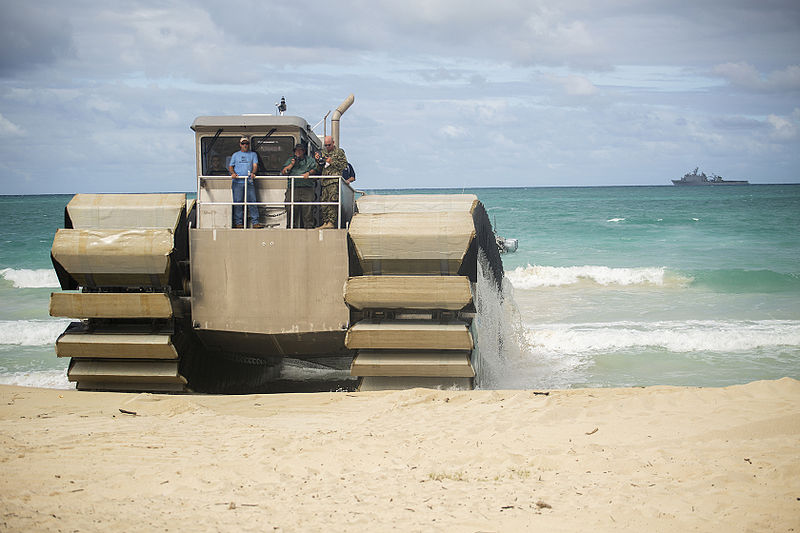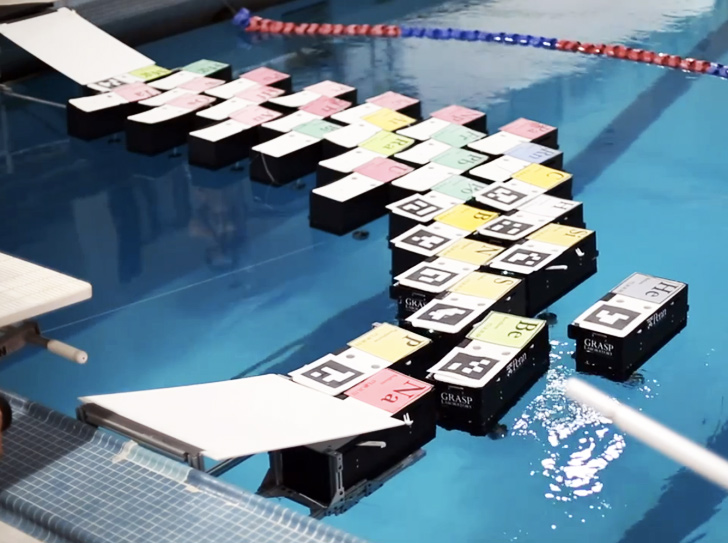The planet we live in is, as we can all see, is getting more and more unstable. Constant tsunamis, facilitated erosions and volcanic eruptions as well as periodic earthquakes, present clear and immediate danger to millions of people worldwide, on a daily basis. The most shocking thing when regarding this problem is how generally unprepared we are to deal with such catastrophes on a global or local basis. When it comes to the disaster relief, it is truly a field which is ripe for some serious improvement.

The most constant problem in this case is the fact that there is seldom adequate machinery to deal with a serious natural disaster. In moments of crisis, the world’s governments are usually forced to use military-based machinery and modify it for these purposes. This problem is a serious security loophole since the lives of many, often depend on the machines and equipment which is inadequate for the job.
At DARPA, a company responsible for several decades of technological and logistical supremacy of the US armed forces, they believe that they have something close to a solution for this particular problem. Serious work and effort have been invested in creating robotic machinery that is meant for an efficient approach to the problem of natural disasters endangering the lives of the populace.
Why robotics for disaster relief?
The advantage of having purpose specific machinery in this field might prove useful and effective on many different levels. First improvement would be visible in the increased quality of performance of the machines since they would be purpose specific. This will lead to creating better conditions in the moments of crisis and will probably result in the higher count of lives saved. This is after all what it is all about. Another great improvement that this might lead to is that this way, military vehicles will be able to be completely dedicated for combat purposes.
What did DARPA think of?
There are several improvements made by DARPA in this specific field, and some of them are focused on the utilization and modification of the shipping containers. By their very nature, we know that these containers are perfectly designed for such situations and even unmodified, what you would probably call regular shipping containers, when thrown overboard takes a long time to sink. This resilient nature of theirs might be exploited in order to transform a basic transport cargo ships into a perfect floating supply base. Check out the video of their ingenuity:
In order to find out more about these containers, we interviewed some of the boys down at the Royal Wolf, the New Zealand’s renowned storage container industry. At the company which is famous for its dedication and care they assured us that these containers are highly resilient, extremely reliant and modifiable for various purposes. They also firmly believe that this latest DARPA’s TEMP program, based on systematic utilization of storage containers is quite possible in the nearest future.
The first stages in the process of the realization of the TEMP program, consisting out of four different key modular units, core support modules, motion-stabilized cranes, sea-delivery vehicles, parafoil unmanned air-delivery system, all transportable by the use of 20-40 standard shipping containers has just been recently completed. How long until this technology is put to full use still remains to be seen.

There are many things that can be counted, calculated, and calibrated, but when it comes to human life that’s one thing that you can’t put a price tag on. If in nearest future, this technology proves to be an effective and reliable tool for saving human lives in the moments of catastrophe, all the research and resources invested in its creation will be proven to be well spent.

